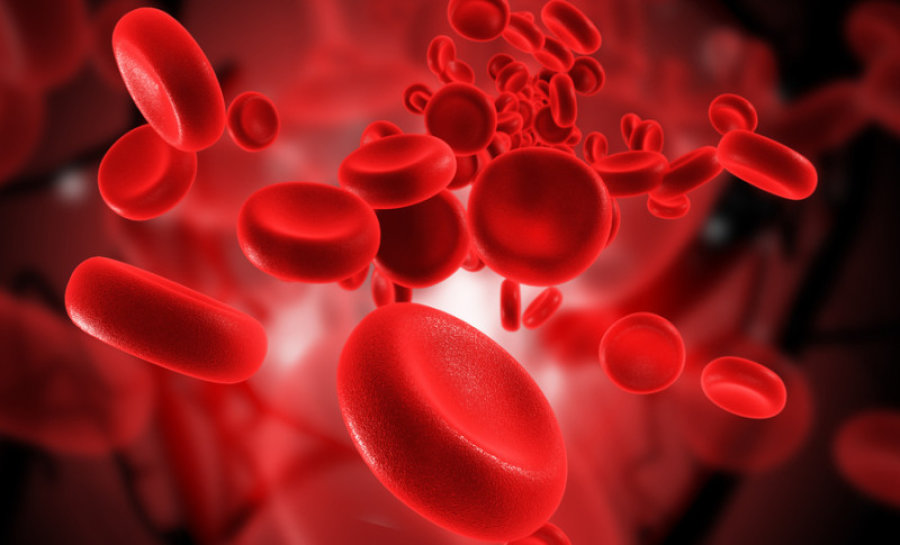Contents:
- Medical Video: Elevated Blood Cell Levels Medical Course
- What is a hematocrit?
- What does it mean if the hematocrit level is low?
- What can be done if the hematocrit level is low?
Medical Video: Elevated Blood Cell Levels Medical Course
Low hematocrit levels usually indicate a person is anemic. However, the amount of hematocrit in the body can mean many things besides that. Indeed, what is a hematocrit, and for what is the amount?
What is a hematocrit?
Blood consists of three components, namely red blood cells, white blood cells, and blood plasma. Hematocrit is the ratio of the number of red blood cells to the overall blood volume which is calculated in percentages. For example, if your hematocrit level is 20 percent, this means that there are 20 milliliters of red blood cells per 100 milliliters of your blood.
This test measures the levels of red blood cells that are responsible for carrying oxygen and various other nutrients throughout the body. The body needs the right level of red blood cells to maintain all bodily functions.
Checking hematocrit levels is part of a complete blood test. Usually done to detect anemia, accompanying the examination of hemoglobin levels (Hb). A hematocrit examination can also be done to determine the body's reaction to the treatment you are taking.
What does it mean if the hematocrit level is low?
Hematocrit levels of each person vary, depending on gender and age of each. Normal hematocrit number of adult men in generalis 38.8-50 percent. For adult women, the normal hematocrit is around 34.9 to 44.5 percent. The hematocrit number of children aged 15 years and under can continue to change with age.
Normal hematocrit test results may differ from one laboratory to another. But usually the comparison of the number of numbers will not exceed 7 percent. Low hematocrit can be a sign of various types of bodily disorders. Among others:
- Iron deficiency anemia, B12 and folate deficiency anemia
- Chronic inflammatory disease
- Internal bleeding or organs in the body.
- Hemolytic anemia
- Kidney failure
- Marrow bone disease
- Lymphoma
- Sickle cell anemia
- Leukemia
- Thalassemia
In addition, low hematocrit levels can also be affected by pregnancy, blood donation, loss of blood (for example due to bleeding), or living in the highlands.
The doctor will usually match your hematocrit test results with the results of other blood tests and physical examinations and symptoms experienced before determining the diagnosis. It is important to disclose every symptom and medical history that you or your family has ever experienced, to help doctors ensure a correct diagnosis.
What can be done if the hematocrit level is low?
If your hematocrit level drops slightly from the normal range and does not experience certain complaints, usually the doctor will only do a basic examination ...
If the number of low hematocrit is caused by anemia, the doctor can recommend treatment that is suitable for the cause of anemia. For example by prescribing iron supplements, or treating wounds or infections. In certain conditions, such as dengue haemorrhagic fever (DHF), hematocrit tests and complete blood accompanied by vital vital signs are monitored continuously to determine the progress of the patient's condition.
Consult further with your doctor if you have certain questions or concerns about your hematocrit levels.












